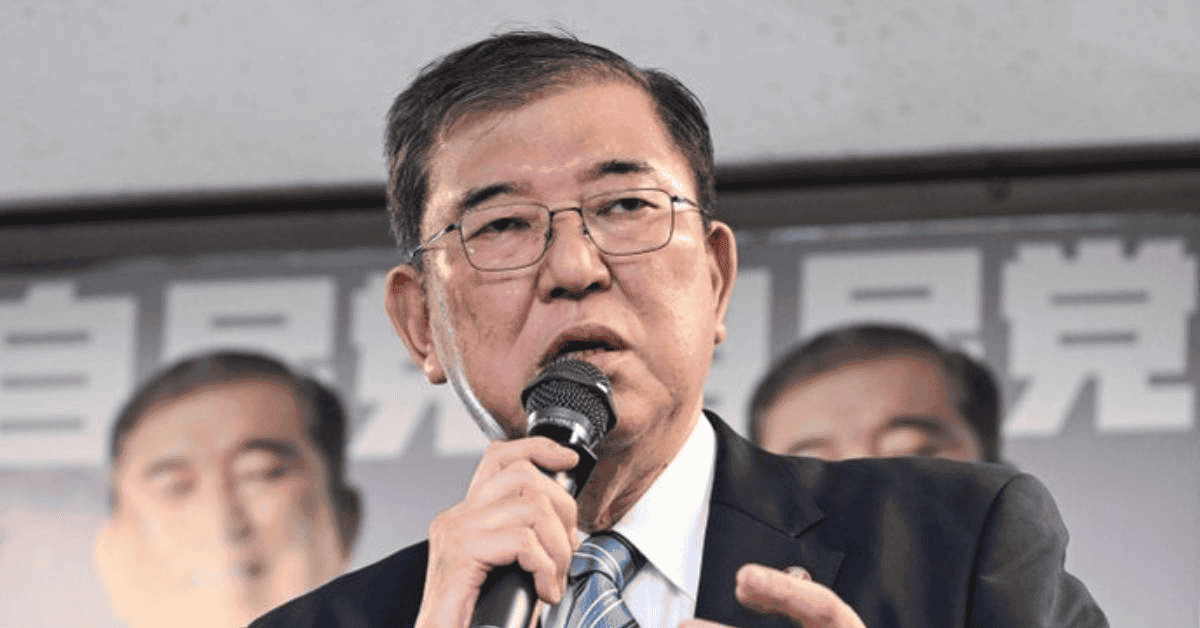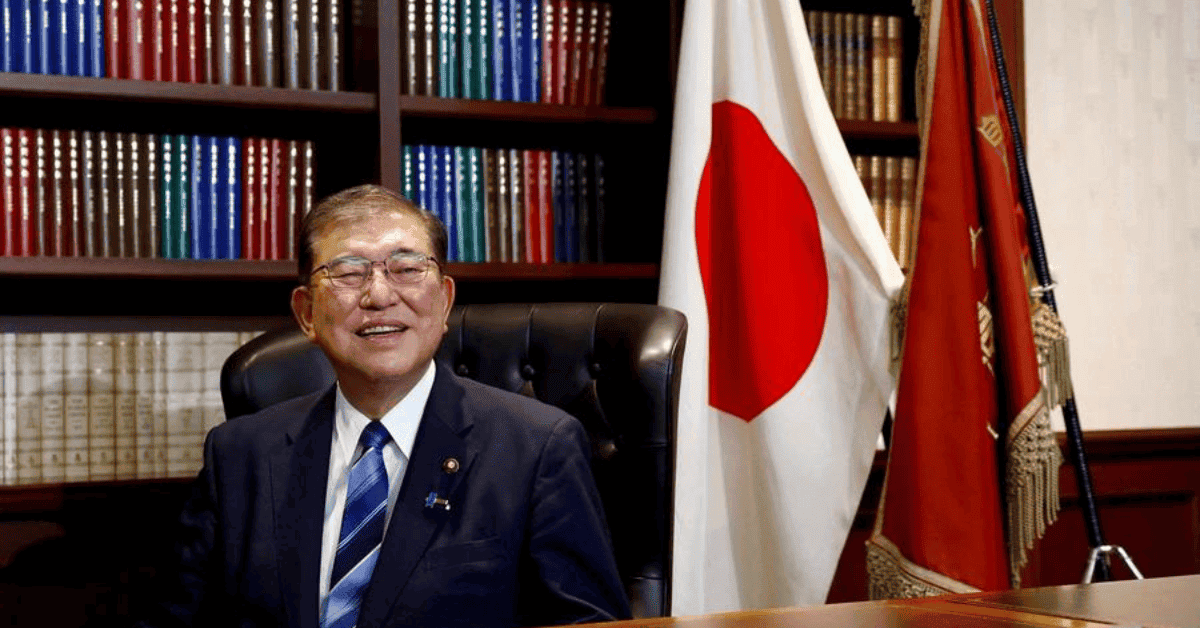On September 27, 2024, Japan’s political landscape saw a significant shift with Shigeru Ishiba, a former Defence Minister, being elected as the new Prime Minister of Japan. At 67 years old, Ishiba triumphed in the leadership race for the Liberal Democratic Party (LDP), setting him up to lead the nation. His victory signifies a new era of leadership, replacing Fumio Kishida as the country’s prime minister. Ishiba’s appointment is expected to bring forth changes in both domestic and foreign policies.
Shigeru Ishiba: The New Prime Minister of Japan
- Date of Appointment: Shigeru Ishiba is set to officially assume the role of the Prime Minister of Japan on October 1, 2024.
- Election Victory: In the LDP leadership election, held in Tokyo, Ishiba secured 215 votes, narrowly defeating Sanae Takaichi, who received 194 votes.
- Candidate Pool: The election featured a total of nine candidates, including two women, signaling an inclusive approach to leadership representation.
Shigeru Ishiba’s Political Journey
- A Long Road to Leadership: Ishiba’s journey to becoming the Prime Minister of Japan has been a determined one. This was his fifth attempt at becoming the leader of the LDP, after several years of dedication.
- Previous Roles:
- Minister of Defence (2007-2008)
- Minister of Agriculture, Forestry, and Fisheries (2008-2009)
- Secretary-General of LDP (2012-2014)
- Reformist Vision: Ishiba is known as an idealistic reformer, having started his career in banking before entering politics. His commitment to reforms in both domestic governance and defense policy stands out as a key feature of his leadership.
The Liberal Democratic Party’s Dominance

- LDP’s Political Power: The Liberal Democratic Party, Japan’s ruling party for most of the last seven decades, holds a majority in parliament, ensuring that Ishiba’s tenure as the Prime Minister of Japan will have strong legislative backing.
- Ishiba’s Leadership Vision: With a reputation as a pragmatic reformer, Ishiba’s leadership style is expected to balance the traditional values of the LDP with modern policies addressing economic and defense challenges.
The Future of Japan Under Shigeru Ishiba’s Leadership
- Defense and Security: As a former Minister of Defense, Ishiba’s leadership as the Prime Minister of Japan is expected to focus on strengthening national defense and enhancing international alliances.
- Economic Strategy: Ishiba is likely to promote reforms in Japan’s economic policy, addressing issues like debt management and fostering innovation in key sectors.
- International Relations: Ishiba’s leadership may steer Japan towards stronger ties with regional powers while navigating global challenges, including rising geopolitical tensions.
Click Here: 8 things You Should Know about Rabies before it’s too Late
Conclusion
Shigeru Ishiba’s appointment as the Prime Minister of Japan represents a critical juncture for the country, promising reforms in defense and governance. As the nation prepares for this new leadership chapter, Ishiba’s experience and idealistic vision could be the transformative force Japan needs.
